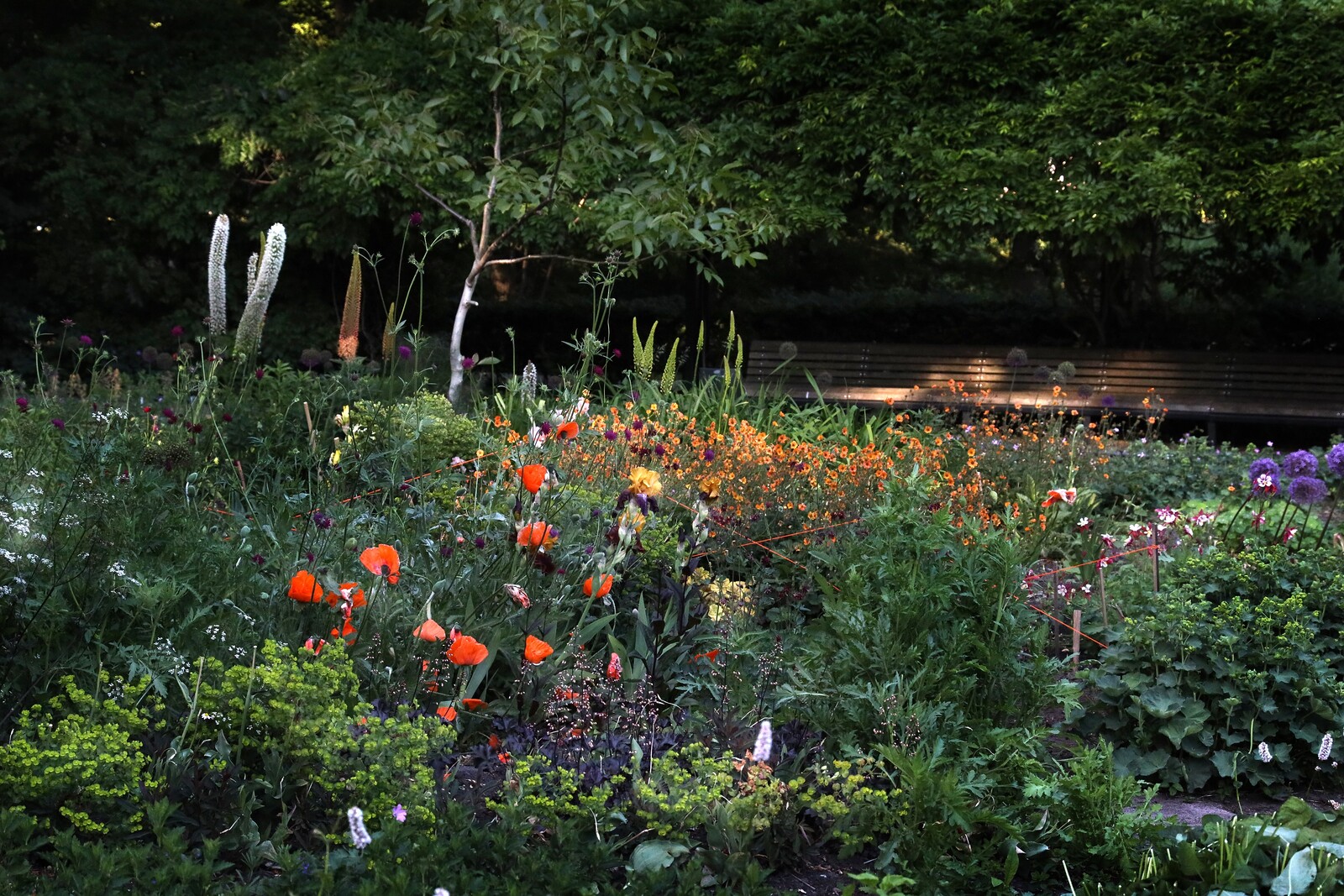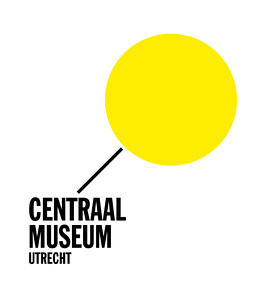On the necessity of art and gardening
September 11, 2021–January 9, 2022
Agnietenstraat 1
3512 XA Utrecht
The Netherlands
Saturday, September 11 will mark the opening of The Botanical Revolution: On the Necessity of Art and Gardening at Centraal Museum Utrecht. In this exhibition, contemporary artists reflect on the significance of gardens. What do gardens tell us about the times we live in? In addition to contemporary artworks by Maria Thereza Alves, Sara Sejin Chang, Jeremy Deller, Stan Douglas, Ian Hamilton Finlay, Lungiswa Gqunta, Kerry James Marshall, Patricia Kaersenhout, Jennifer Tee, Henk Wildschut and others, the exhibition will feature unique loaned pieces by modern and older artists such as Albrecht Dürer, Vincent van Gogh, Maria Sibylla Merian and Tetsumi Kudo. These modern and old pieces reveal how deeply rooted the image is of the garden as a mirror of society.
Gardens are places we associate with peace and solitude, places where the cycle of life – growth, blossoming and decay – unfolds. But gardens also reflect society. The way we control and manage nature, for example, is a clear sign of the times: do we pave our garden, or choose greenery? Do we fence our garden off, or leave it open? The way nature is shaped in gardens reveals something about prevailing and possibly changing conceptions in society. After all, gardens are also places of societal privilege, and the flowers and plants found there tell us something about migration and (colonial) history.
Global warming and the COVID-19 pandemic are forcing us to radically redefine the current relationship between culture and nature. We are forced to critically re-examine ourselves and our own roles, not with respect to nature but as part of it. It is therefore no surprise that artists, writers, poets and thinkers are once again finding inspiration in gardens. The Botanical Revolution: On the Necessity of Art and Gardening is an investigation by Centraal Museum and these artists to determine the deeper significance of gardens and our contemporary relationship with nature.
The garden as a metaphor for our relationship with nature
The exhibition’s subtitle derives from Gerrit Komrij’s essay “Over de noodzaak van tuinieren,” or “On the Necessity of Gardening” (1990), in which he describes how the perception of gardens throughout history has always been closely entwined with how people view the world. In Komrij’s view, the garden is a metaphor for our relationship with nature. The world has changed radically since Komrij wrote his text in 1990, however. The time in which we live is characterised by the utter domination of nature by mankind, leading some to refer to it as the Anthropocene. We are exhausting nature in irreversible ways, with climate change as a result.
The artists in The Botanical Revolution invite visitors to reflect on nature in gardens, where that nature comes from, and how we can view and treat nature differently.
On the Necessity of Gardening: An ABC on Art, Botany and Cultivation
In addition to a hall booklet, a richly illustrated publication will be published in collaboration with Valiz. In this abecedarium, the cultural-historical tradition of gardens, artists’ gardens, but also concepts such as the Anthropocene are discussed. With contributions by: Maria Barnas, Jonny Bruce, Laurie Cluitmans, Liesbeth M. Helmus, Erik de Jong, René de Kam, Alhena Katsof, Jamaica Kincaid, Bart Rutten, Catriona Sandilands, Patricia de Vries. The publication was designed by Bart de Baets.
Is it possible to be a revolutionary and like flowers?
Laurie Cluitmans, curator of contemporary art at the Centraal Museum and responsible for The Botanical Revolution, is involved in the compilation of Is it possible to be a revolutionary and like flowers?, together with Heske ten Cate, artistic director Nest and Eva Burgering, assistant curator at the Centraal Museum. This exhibition can be seen parallel to The Botanical Revolution in art space Nest in The Hague. The artists who come together at Nest in the exhibition of the same name answer that question with a resounding ‘yes!’ They each start from their own perspective, but find each other in feminist affinities, queer desires and ecological solidarity.
With work by Mehraneh Atashi, Rossella Biscotti, Milena Bonilla, Anne Geene, Philipp Gufler, Gluklya, Camille Henrot, Patricia Kaersenhout, Otobong Nkanga, Ruchama Noorda, Maria Pask, CPR (Charlotte Rooijackers) and Lily van der Stokker.
Annex
Persijn Broersen & Margit Lukács
Fix the Variable, Exclude the Accidental, Eliminate the Impure, Unravel the Tangled,
Discover the Unknown, 2021 collectie / collection Centraal Museum,Utrecht
acquisition with the support of the Mondriaan Fund 2020 – 21 (commissioned by the museum)
The perception of nature and the construction and manipulation of the landscape play a prominent role in the work of Persijn Broersen and Margit Lukács. For the Annex, they made a new work based on the collection of exotic plants assembled around 1737 by George Clifford III (1685–1760), an Amsterdam-based banker and director of the Dutch East India Company. The Swedish botanist Carl Linnaeus (1707–1778) classified these plants according to his own system. However, he did not necessarily base his classifications on an objective observation of the plants, but on an idealised version. In the video by Broersen & Lukács, these individual plants come to life as a fierce crowd and threaten to break free from the straitjacket imposed on them. Together with concert pianist Daria van den Bercken (1979), the duo has made a compilation of musical pieces that takes this manipulation even further. Stirring music transports us into a romantic illusion that is abruptly broken by a protest song by the revolutionary composer Frederic Rzewski (1938–2021), who used the piano as a tool for transformation. This video is also seen on the LED screens on the facade of the museum.
The Botanical Revolution: On the Necessity of Art and Gardening will be open from September 11 to January 9, 2022. The exhibition design is in the hands of design agency Formafantasma.






